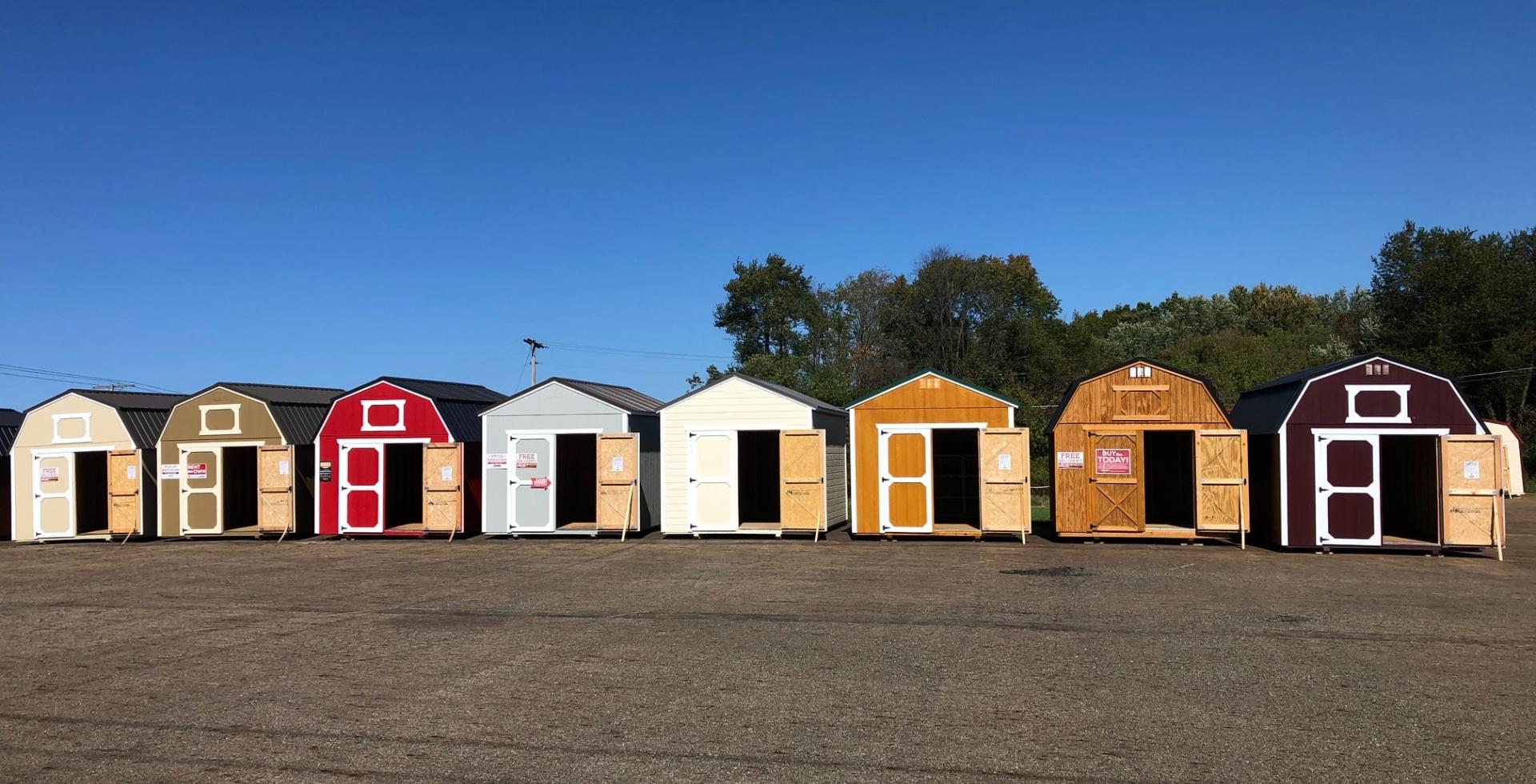Shed Size Without Permit in Alberta – Regional Guide
Adding a shed to your property is a great way to increase storage, protect equipment, and enhance your outdoor space. But before you start building, it’s important to know whether you require permits. Each Alberta located municipality has its own rules on shed size, placement, and construction standards.
In this guide, we break down the size of shed that requires no permits for Rocky View County, Foothills County, Mountain View County, Calgary, Airdrie, Carstairs, and Red Deer, and answer common shed permit questions at the end.
Why Shed Permit Rules Matter
Understanding shed permit requirements isn’t just about following the law—it can save you money, time, and stress. Building without the right permit can lead to fines, stop work orders, or even removal of your backyard shed. Permits also ensure your structure is safe, properly placed, and compliant with city council zoning bylaws.

Rocky View County Shed Permit Rules
In Rocky View County, a development permit is not typically required for sheds under 10 m² (107 ft²), as long as they meet accessory building rules and land-use setbacks. Larger sheds or those with utilities may require both development and building permits.
Foothills County Shed Permit Rules
Foothills County allows accessory buildings up to 224 ft² without a permit for development, provided they meet zoning regulations. Anything larger—or multiple smaller structures that exceed the cumulative limit—will require a permit.
Mountain View County Shed Permit Rules
In Mountain View County, certain sheds are considered “exempt” depending on zoning district and dimensions. While you may not need a development permit for smaller sheds, you could still require building, electrical, plumbing, or septic permits depending on your project.
City of Calgary Shed Permit Rules
In Calgary, sheds under 10 m² generally do not require a building permit. If the shed is larger than 10 m², you’ll need a permit and must follow rules for placement, height, and design. Sheds with electrical or plumbing connections will also require additional permits. Certain areas in Calgary are zoned as direct control, which means even smaller sheds may require a permit and specific city council approval.
Airdrie Shed Permit Rules
In Airdrie, prefabricated sheds, gazebos, and similar structures over 10 m² need a building permit unless their value is under $5,000 and they pose no safety risk. Always check with the city before building to confirm current requirements.
Carstairs Shed Permit Rules
In Carstairs, sheds or accessory buildings larger than 144 ft² (~13 m²) require a building permit. Fees are calculated based on the total construction value. Smaller sheds may still need to comply with setback and height restrictions.
Red Deer Shed Permit Rules
The City of Red Deer’s building bylaw specifies when permits are required for accessory structures, but details can vary. As a general rule, smaller sheds without utilities may not need a permit. Always confirm with the City of Red Deer’s inspections department before starting construction.

Frequently Asked Questions
Do all Alberta municipalities have the same shed size limit without a permit?
No. Each municipality sets its own limits. For example, Calgary’s threshold is 10 m², while Foothills County allows up to 224 ft² without a permit.
If my shed doesn’t need a permit, can I place it anywhere on my property?
No. Even if a permit isn’t required, you must still follow setback rules from your site line, easements, and other structures.
What happens if I build or buy a shed without a required permit?
You may face fines, be required to stop construction, or even have to remove the shed entirely.
Do I require a permit if my shed has electricity or plumbing?
Yes. Any constructed shed with utilities such as electrical or plumbing will require additional permits, regardless of its square feet.
Should I still contact my municipality if my shed is under the size limit?
Yes. General regulations can change, and your municipality may have additional placement specifications or design rules. It is safe to ensure you are adhering to the minimum requirements.
What is considered an accessory building?
An accessory building is a structure on the same property as your principal building (or principal dwelling) that is secondary in use. Examples include a backyard shed, storage shed, detached garages, or greenhouses. Each municipality sets rules for size, height, and placement in relation to your property line for a proposed development on the same property as your principal building.
Do I need a permit for my proposed accessory building?
Whether you need a permit depends on the size, height, and use of your proposed accessory building. Smaller sheds often fall under exempt size limits, but larger structures or those with utilities may require a building permit application and approval from a building official or building inspector.
How close can my shed be to my rear property line?
Setback distances from the rear property line vary by municipality. Even if your backyard shed meets the no-permit size limit, it must still comply with setback and height requirements listed in your local bylaws.
Do detached garages follow the same rules as sheds?
No. Detached garages along with a secondary suite are typically larger and may have vehicle access, electrical wiring, or heating. This often means detached garages require a full permit application, required inspections, and compliance with building codes like the Alberta Building Code or Alberta’s building regulations.

